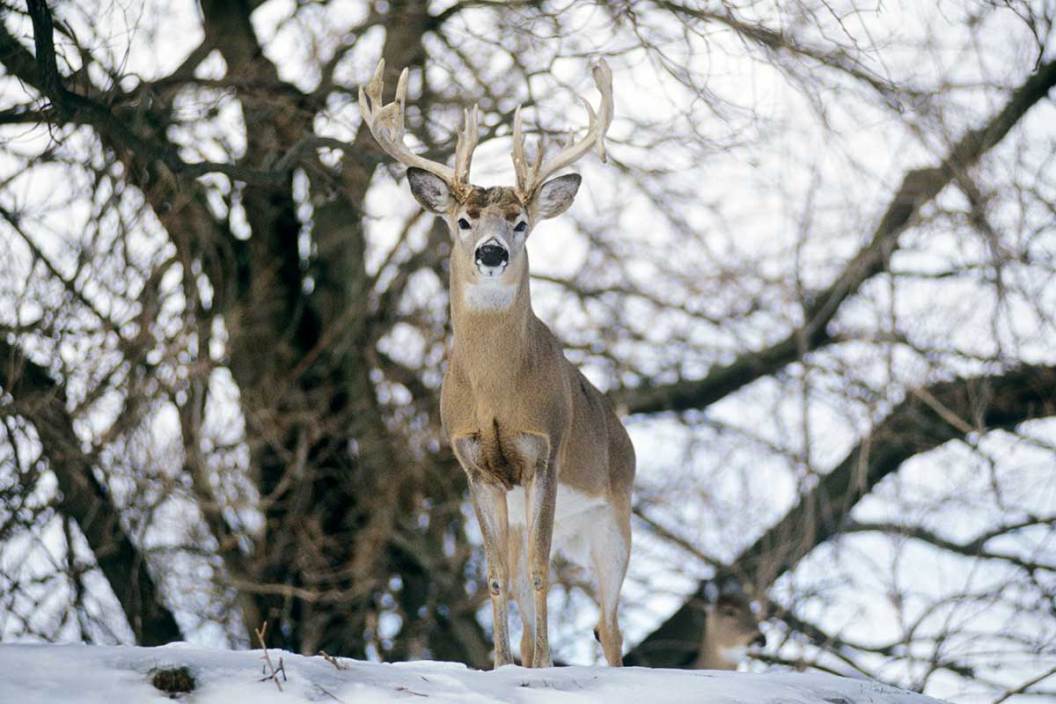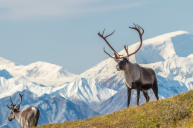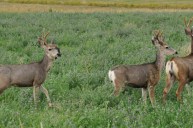They're abundant, solitary, and shy. Here's what else is worth knowing when it comes to whitetail deer.
The whitetail deer is a favorite among North American hunters. That's no secret.
In fact, many of their secrets have been revealed over the years, and many of them were revealed with the help of hunters.
But there's still some things you might not know, which is why we've gathered some facts that deserve the spotlight. Next time you're on a deer hunt, maybe you can apply some of these tidbits to your strategy.
Who knows? You might just learn something else in the process.
They're the most hunted deer species

- ps50ace/Getty Images
According to the National Deer Association, the year 2020-21 was a record for hunters, with more than 3 million bucks harvested. Texas shot the most (about 450,000) and Rhode Island the least (not quite 1,200). 26% of all bucks were 1-1/2 years old, compared to 62% three years ago, which shows how hunting trends have changed over the decades. If you ask us, they've changed for the better.
Bambi was one - sort of
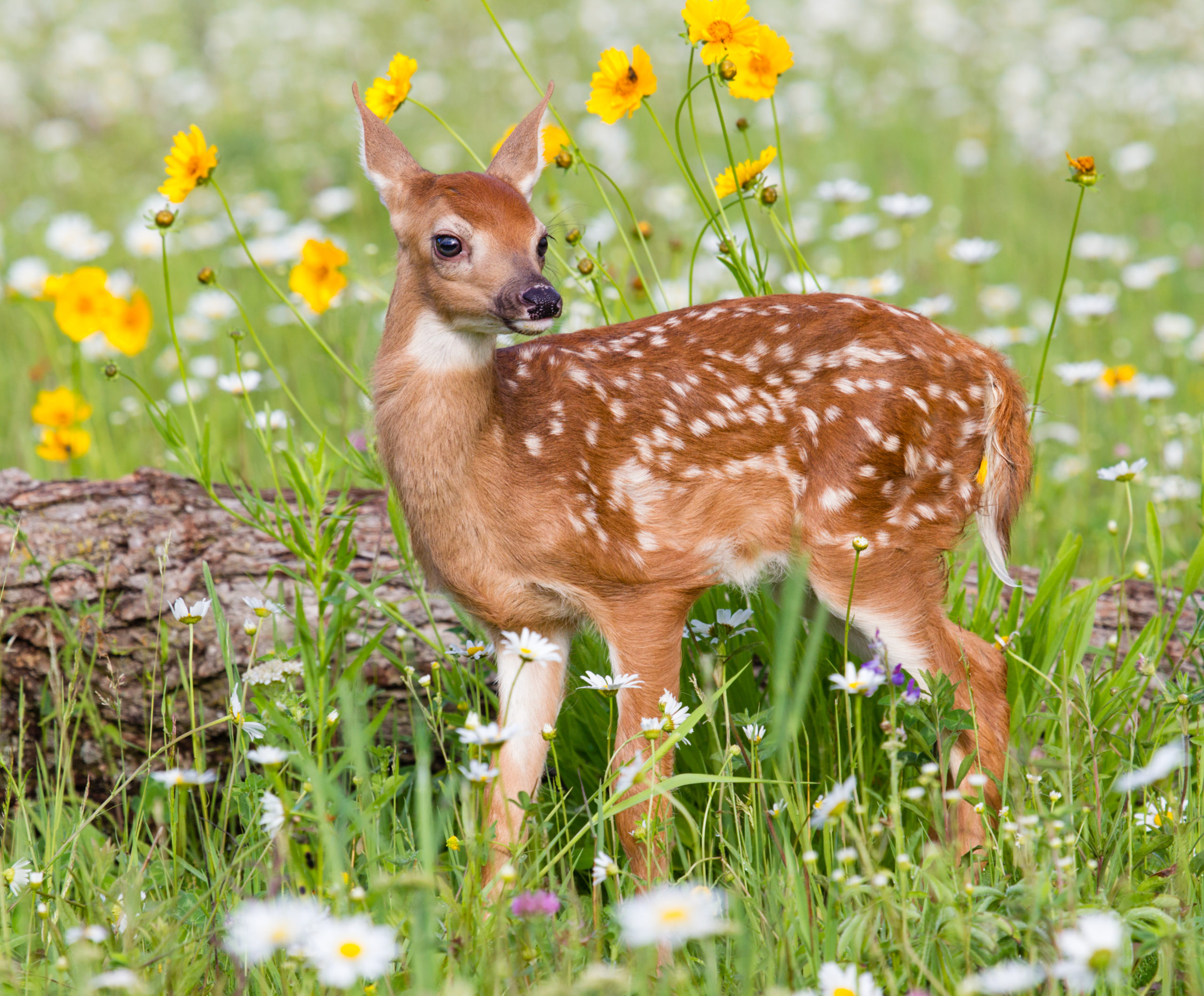
- KenCanning/Getty Images
If you remember the classic from your childhood, you probably recognize Bambi as a whitetail fawn. Walt Disney hired an artist named Maurice Day on the 1942 film, who would settle for nothing less than a whitetail fawn from his home state of Maine as a model for his work. Two four-month old deer were put on a train from Maine to Hollywood for a four-day journey. But artists took some liberties - Bambi would not have been born in spring, would have lost his spots, and the other deer have antlers more resembling mule deer.
They're vegetarian - until they aren't
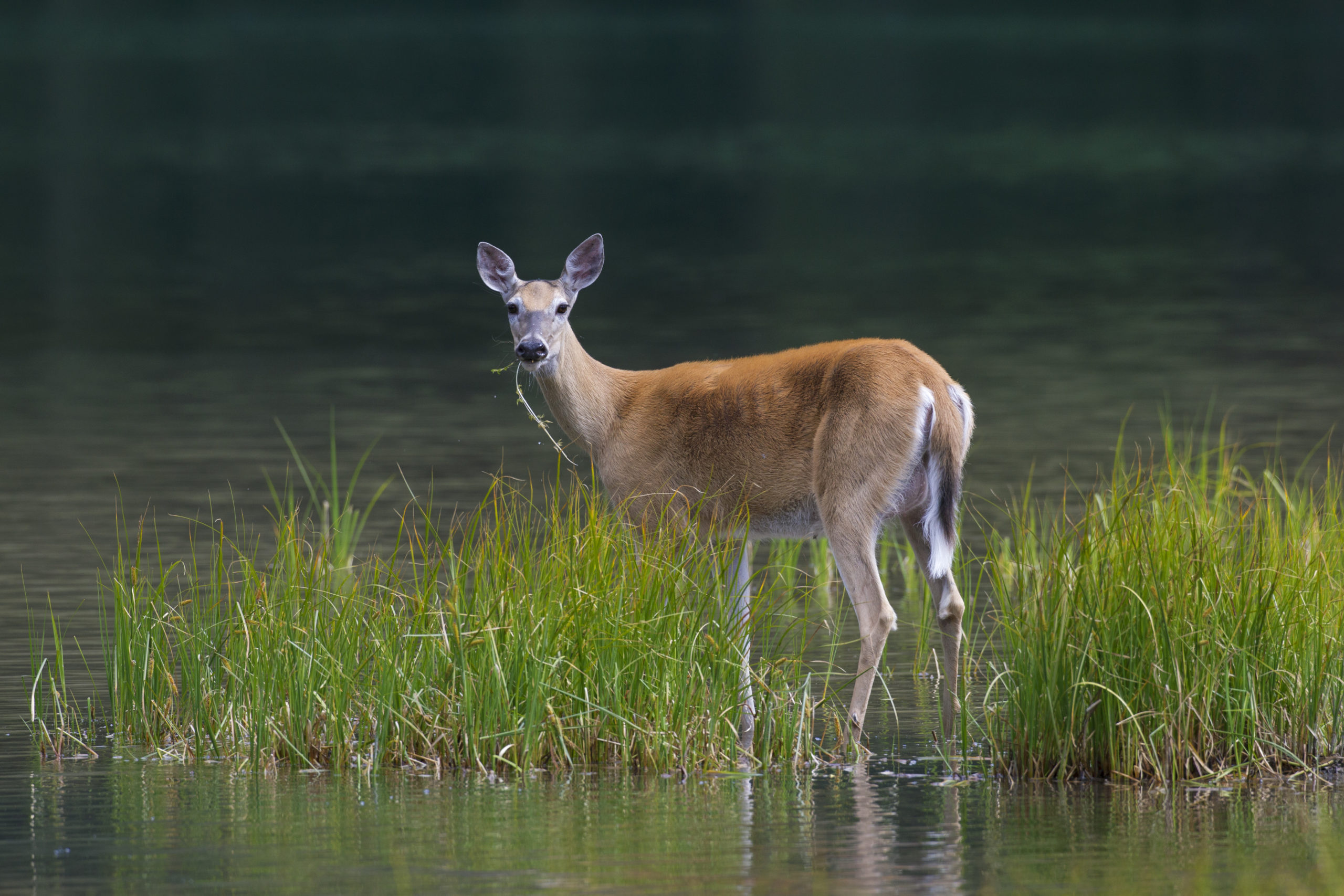
- ARTERRA/Universal Images Group via Getty Images
While whitetail deer are almost entirely herbivores, eating a ton of plants, grasses, fruits, and acorns, they've been known to feed on other animals. A deer catching a bird and eating it went viral a few years ago, and researchers have found areas where whitetails raid more nests than foxes or weasels. Some believe it's to supplement necessary nutrients, while others speculate it's a source of protein that helps them grow antlers.
They will attack humans - occasionally
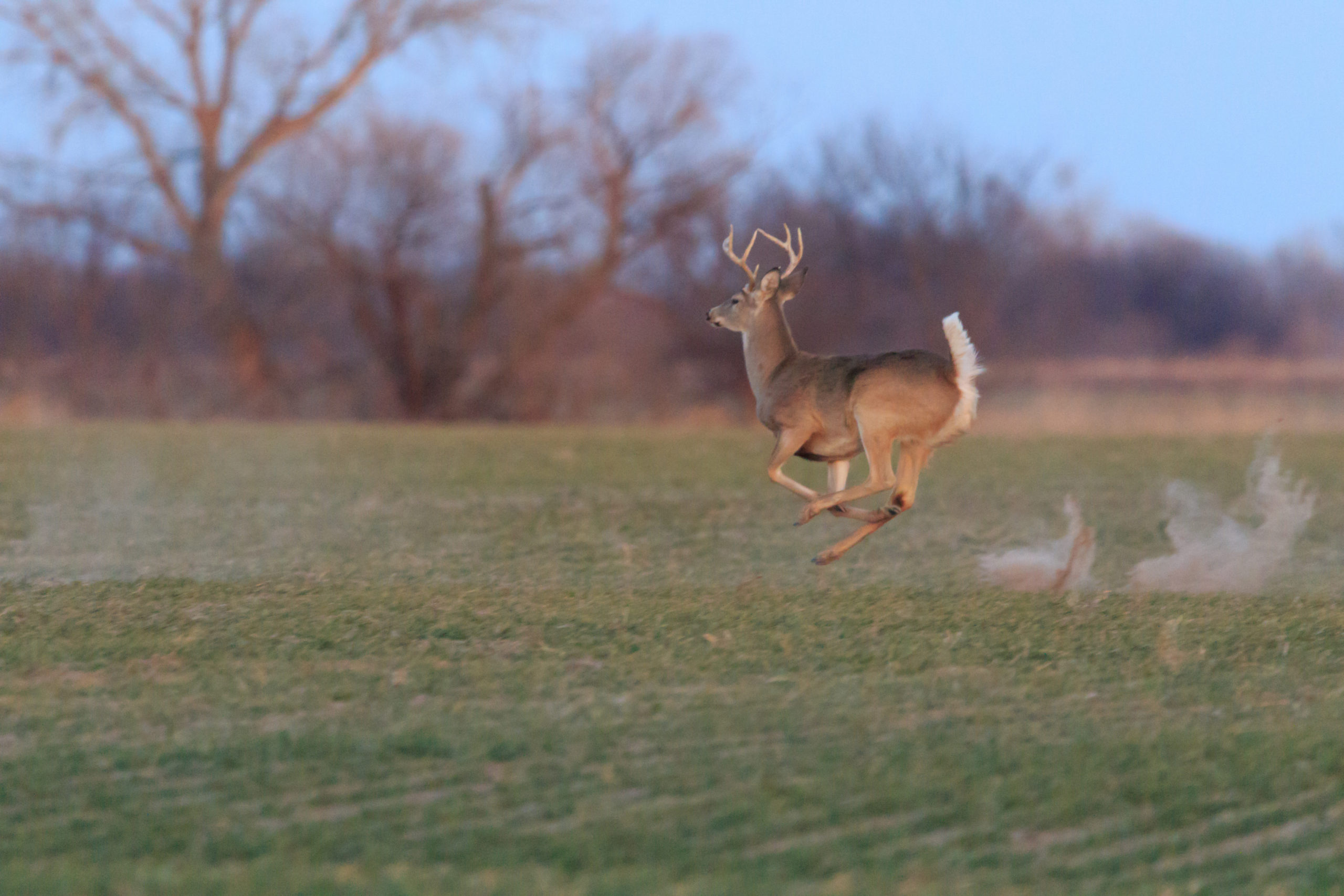
- Marine2844/Getty Images
Wildlife authorities say deer attacks are rare and although there are no statistics on how many happen every year, it can occur. In 2019, a hunter died when the buck he'd shot got up and gored him (it's unclear if he died of wounds or a heart attack, which is...understandable). A New York man ran across a wild deer on his walk and took some selfies the deer apparently didn't like, because it charged him as he was walking away. Other attacks have happened because of rabies or people feeding wild deer. Lesson: Just walk away if you have no defense.
They are North America's smallest deer - sort of
-
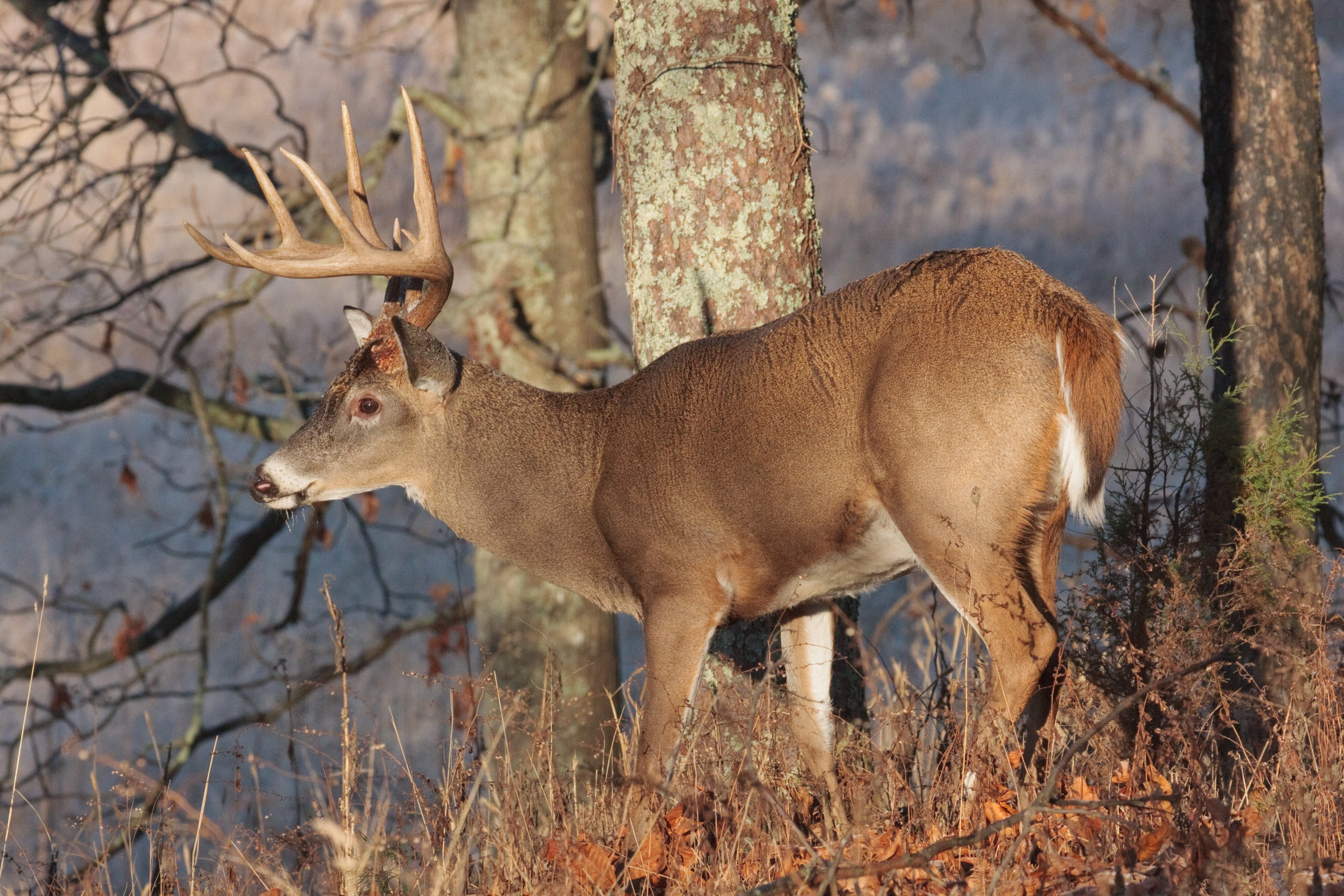
Jens_Lambert_Photography/Getty
Growing to an average height of 31 - 39 inches at the shoulders, whitetails are smaller than other ungulate species like elk, moose, caribou, and mule deer. On average males get to be about 100-150 pounds, but can grow as large as 300 pounds, and in 1926 a hunter took a buck that was estimated to be over 500 pounds.
Why the white tail?

- BanksPhotos/Getty Images
Not only do these deer have patches of white fur around their eyes and head, they have the characteristic white underside of their tail. When alarmed, they'll raise their tails in a motion called "flagging" to alert other deer of danger. By that account, their name makes perfect sense. Other ways they respond to danger include breathing heavily (called blowing) and of course, running away.
They're the fastest
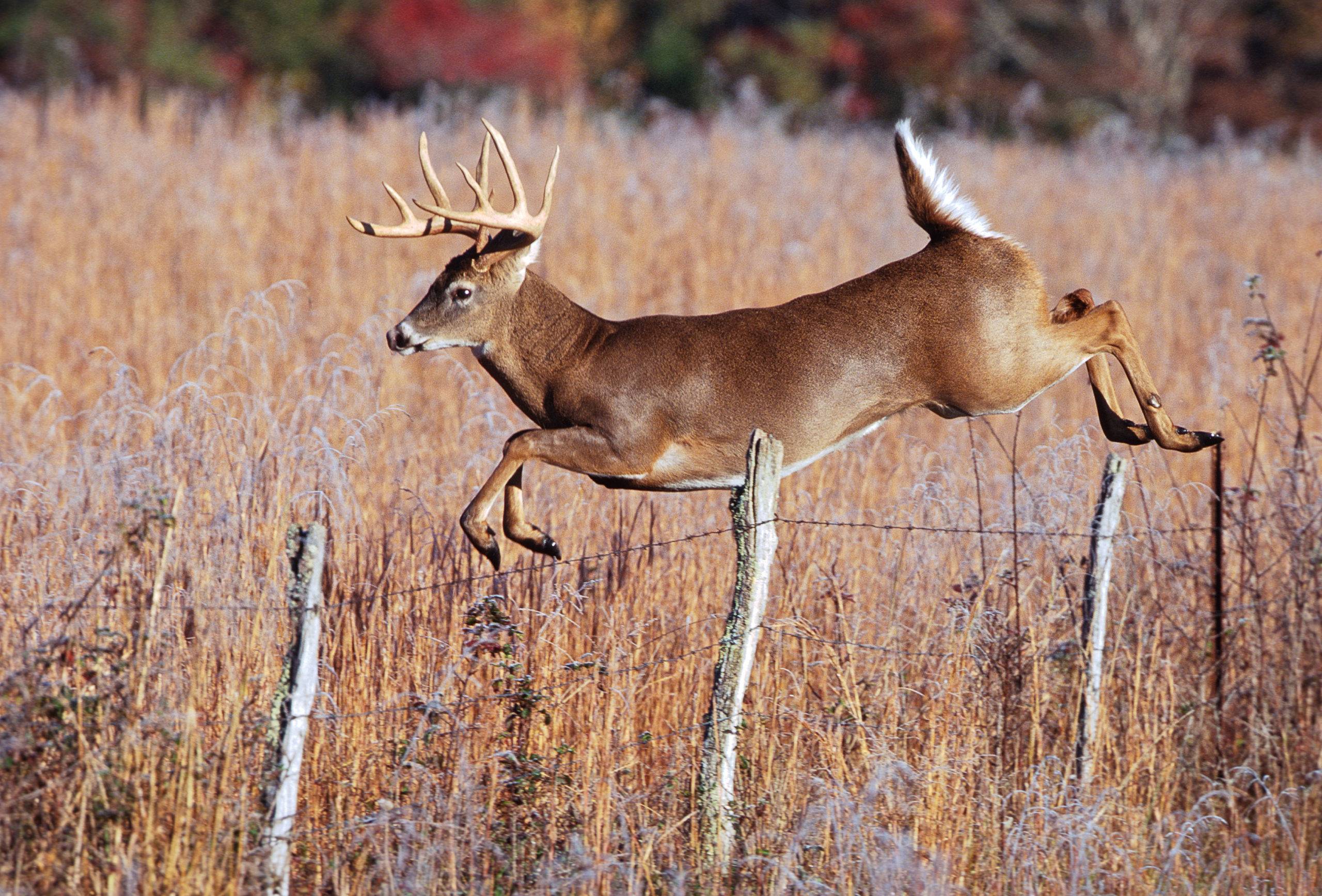
- KeithSzafranski/Getty Images
Speaking of running away, whitetail deer have been recorded bounding through forests up to 47 miles an hour and their leaping abilities are just as impressive. As the the Journal of Wildlife Management found, wild deer can clear fences nearly eight feet tall and studies have found they can reach nine-foot heights, while leaping 30 feet forward.
